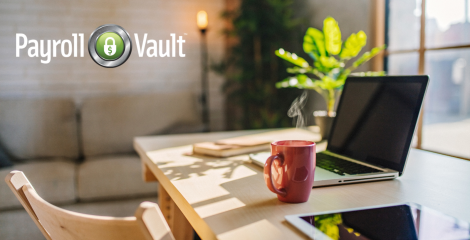
What if Employees Don't Feel Safe Returning to Work
What are Our Options?
MAY 12, 2020 by KYLE
We recommend caution when deciding to replace an employee who refuses to work because of concerns about COVID-19. Here are few things to keep in mind:
Recalled employees may have a right to job-protected leave under a city ordinance, state law, or the federal Families First Coronavirus Response Act (FFCRA). See our overview of the FFCRA on the HR Support Center.
Employees who are in a high-risk category — either because they are immunocompromised or have an underlying condition — may be entitled to a reasonable accommodation under the Americans with Disabilities Act (ADA) or state law if their situation doesn’t qualify them for leave under the FFCRA (or if they have run out of that leave). It would be a reasonable accommodation under the circumstances to allow the employee to work from home or, if working from home is not possible, to take an unpaid leave.

Employees who live with someone who is high risk are not entitled to a reasonable accommodation under federal law, but we strongly recommend allowing them to work from home if possible or take an unpaid leave if requested. Otherwise, they may decide to quit and file for unemployment insurance. If you want to keep them as an employee, being compassionate and flexible is your best bet.
Under Occupational Safety and Health Administration (OSHA) rules, an employee’s refusal to perform a task will be protected if all of the following conditions are met: Where possible, the employee asked the employer to eliminate the danger, and the employer failed to do so; the employee refused to work in “good faith,” which means that the employee must genuinely believe that an imminent danger exists; a reasonable person would agree that there is a real danger of death or serious injury; and there isn’t enough time, because of the urgency of the hazard, to get it corrected through regular enforcement channels, such as requesting an OSHA inspection.
Check state and local law to see if additional protections may apply.
Instead of replacing employees who express fear about contracting COVID-19, we recommend that you consider methods to encourage employees to come to work and to help put their minds at ease. Consider emphasizing all of the safety methods you have put in place (such as scheduled handwashing, frequent disinfection of surfaces, social distancing rules, reduced customer capacity, staggered shifts, or more extreme measures if warranted by your industry). We recommend relying on the Centers for Disease Control and Prevention (CDC) and local health department guidance for establishing safe working conditions at this time. You might also consider offering premium pay (a.k.a. hazard pay) or additional paid time off for use in the future to employees who must come to work.

Kyle is a professional author, editor, and researcher specializing in workplace culture, retention strategies, and employee engagement. He has previously worked with book publishers, educational institutions, magazines, news and opinion websites, nationally known business leaders, and non-profit organizations. He has a BA in English, an MA in philosophy, and a PHR certification.










